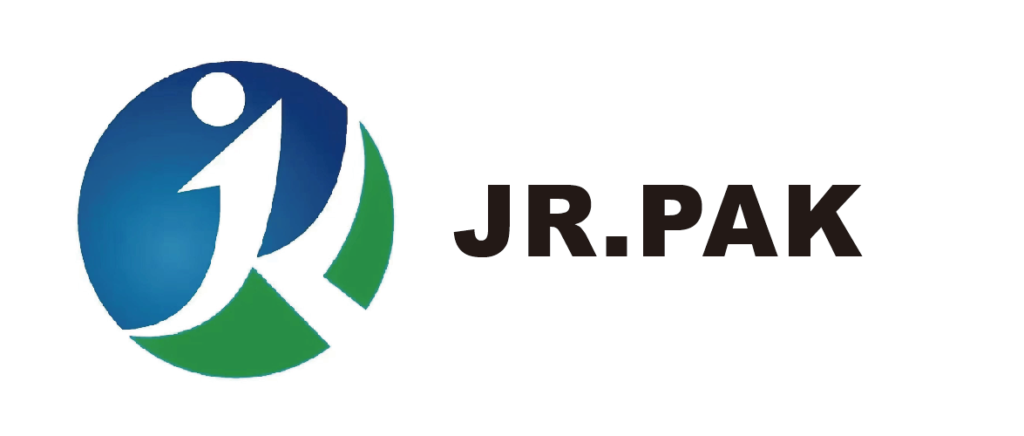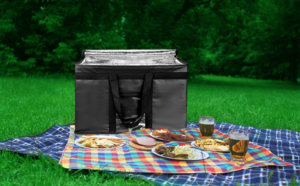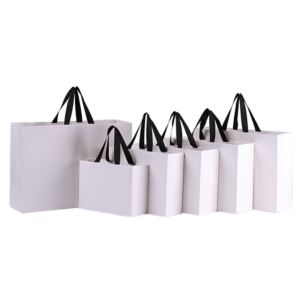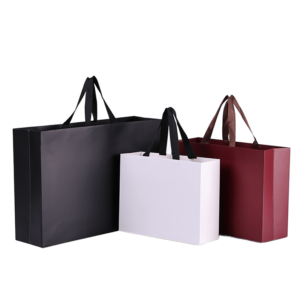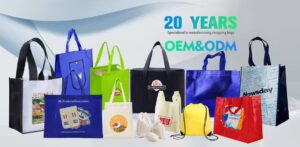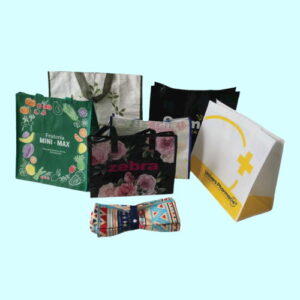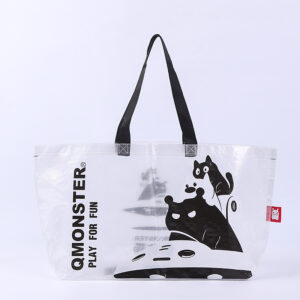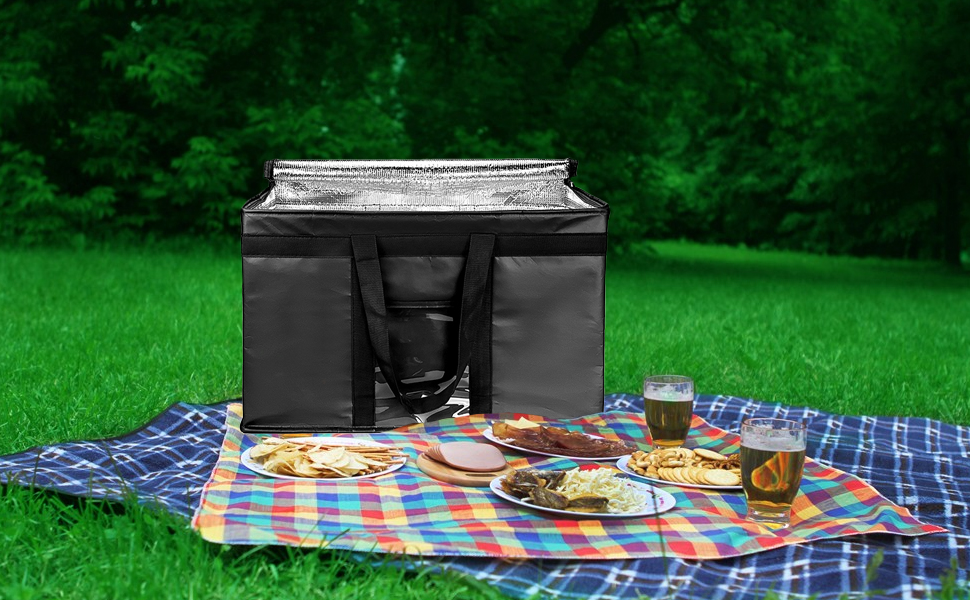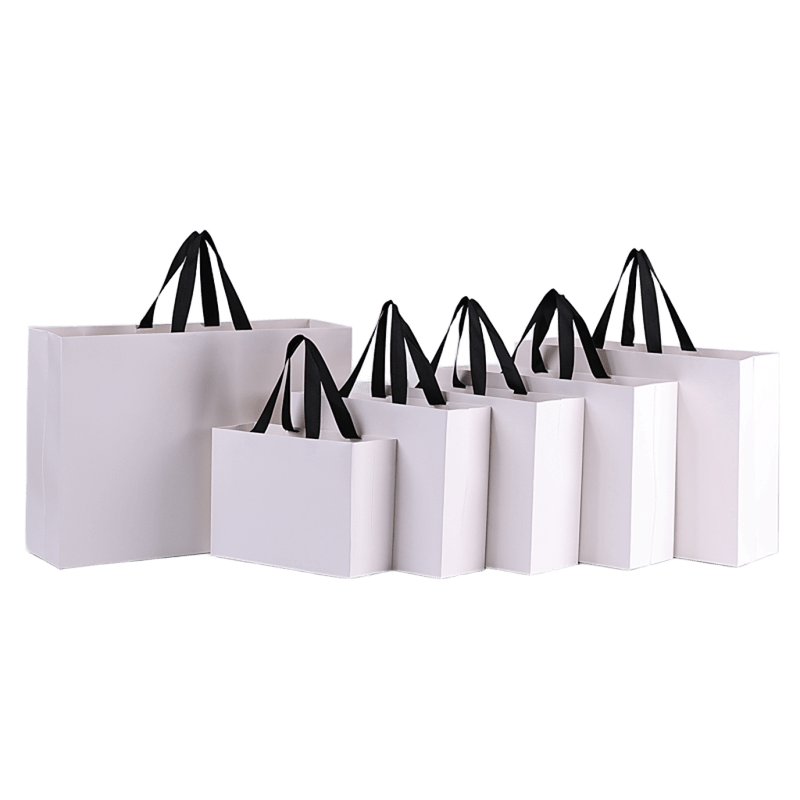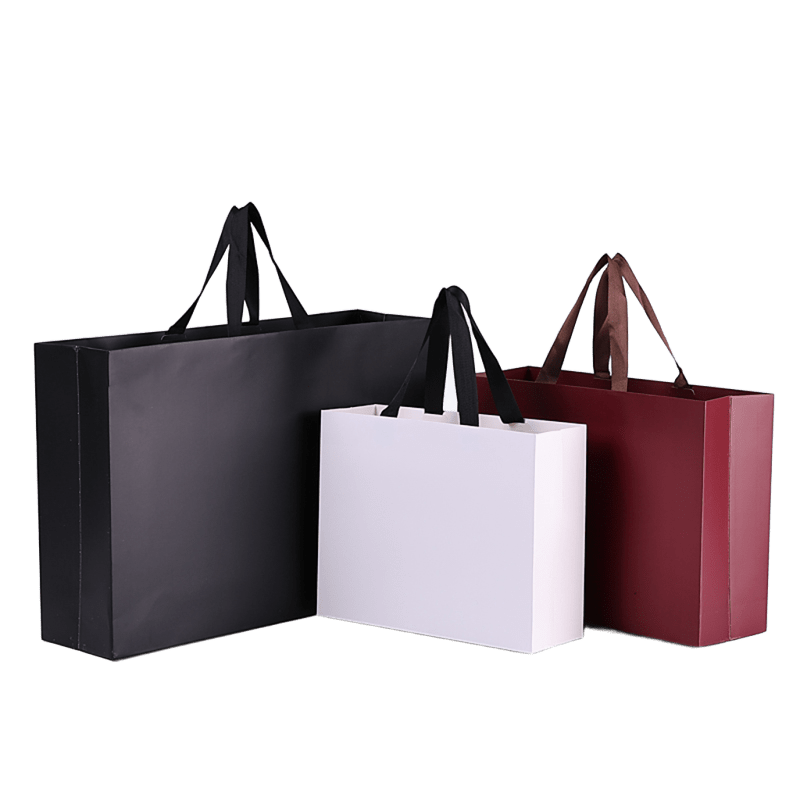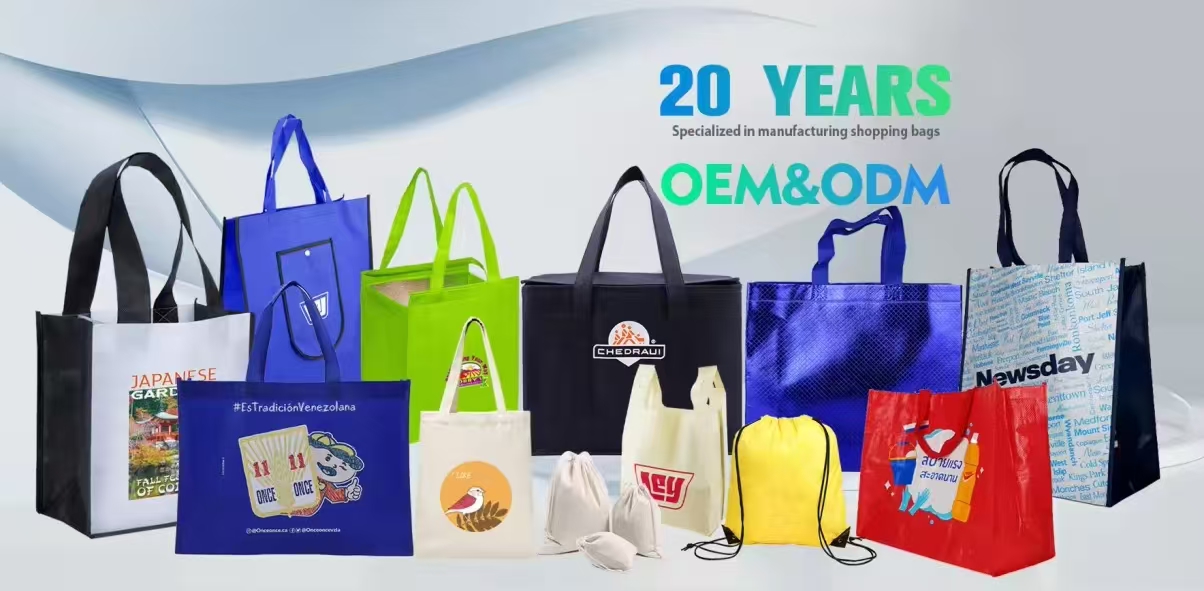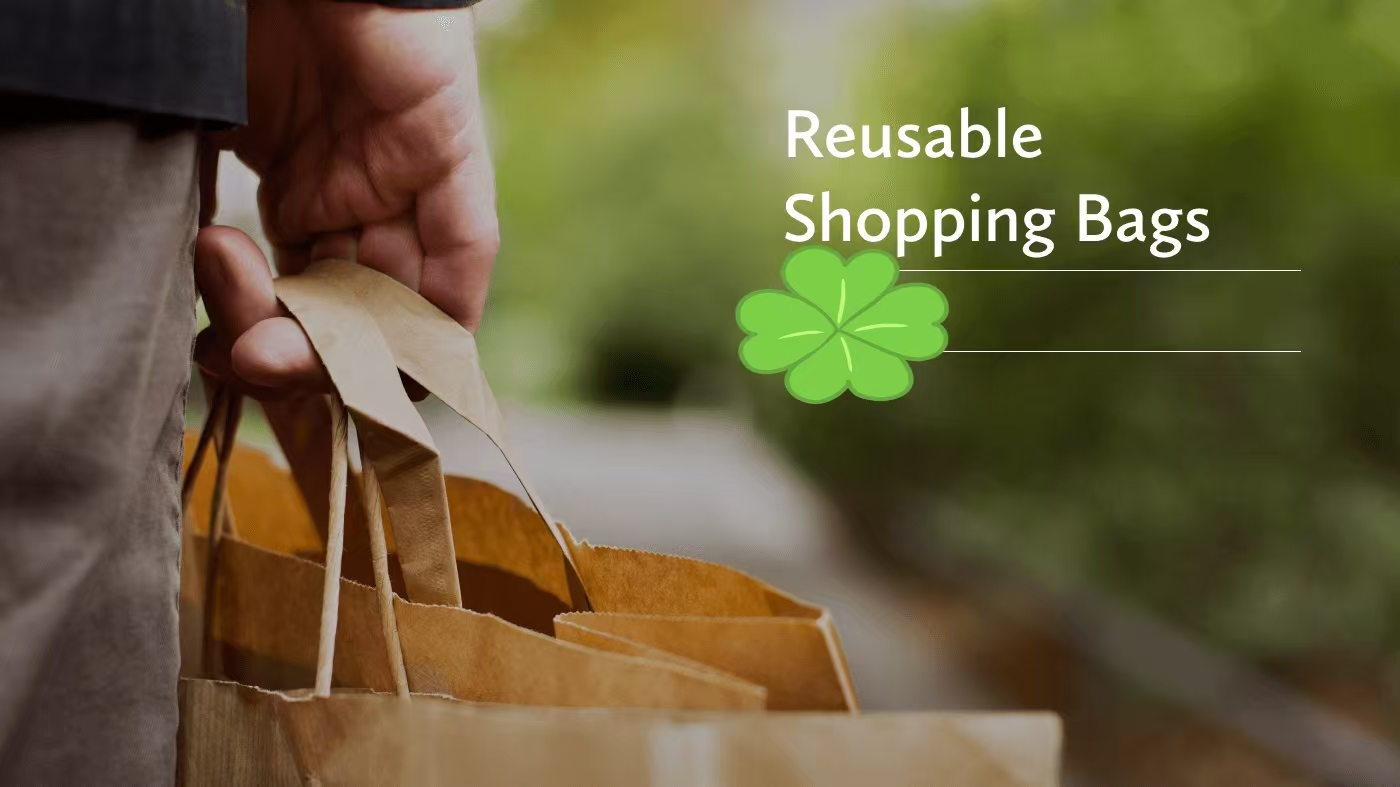
Reusable shopping bags are becoming a staple in daily life, but how large is this growing market? In this article, we’ll explore the reasons behind their rise in popularity and the scale of the industry.
The market for reusable shopping bags has been growing steadily as consumers, governments, and businesses shift toward more sustainable practices to reduce plastic waste.
Understanding the current market dynamics for reusable bags is essential for anyone in the retail or packaging industry. Let’s explore why these bags are so popular and how large the market has become.
Why Are Reusable Shopping Bags Becoming More Popular?
Reusable shopping bags have become increasingly popular due to growing environmental concerns. With the focus on reducing plastic waste and promoting sustainability, many governments have introduced policies to limit the use of single-use plastic bags. Consumers are becoming more aware of the impact of plastic pollution, and businesses are responding to this demand for eco-friendly alternatives.
The popularity of reusable shopping bags is driven by environmental concerns and a global shift towards sustainability. More people want to reduce plastic waste.
Dive Deeper: Environmental Impact and Policy Support
The rise in popularity of reusable bags is partly due to the growing awareness of plastic pollution's environmental impact. Governments around the world are taking action by implementing plastic bag bans1 or charging fees for plastic bags in retail stores. This has pushed consumers to adopt more sustainable practices.
| Policy Action | Impact on Reusable Bags Adoption |
|---|---|
| Plastic Bag Bans | Increased demand for alternatives |
| Plastic Bag Fees | Encouraged consumers to purchase reusable bags |
| Environmental Campaigns | Raised awareness and consumer participation in eco-friendly practices |
This trend reflects a global shift in values, with consumers increasingly favoring sustainable and recyclable materials. Sustainability in packaging2 continues to grow in importance as people realize the long-term impact of their choices on the environment.
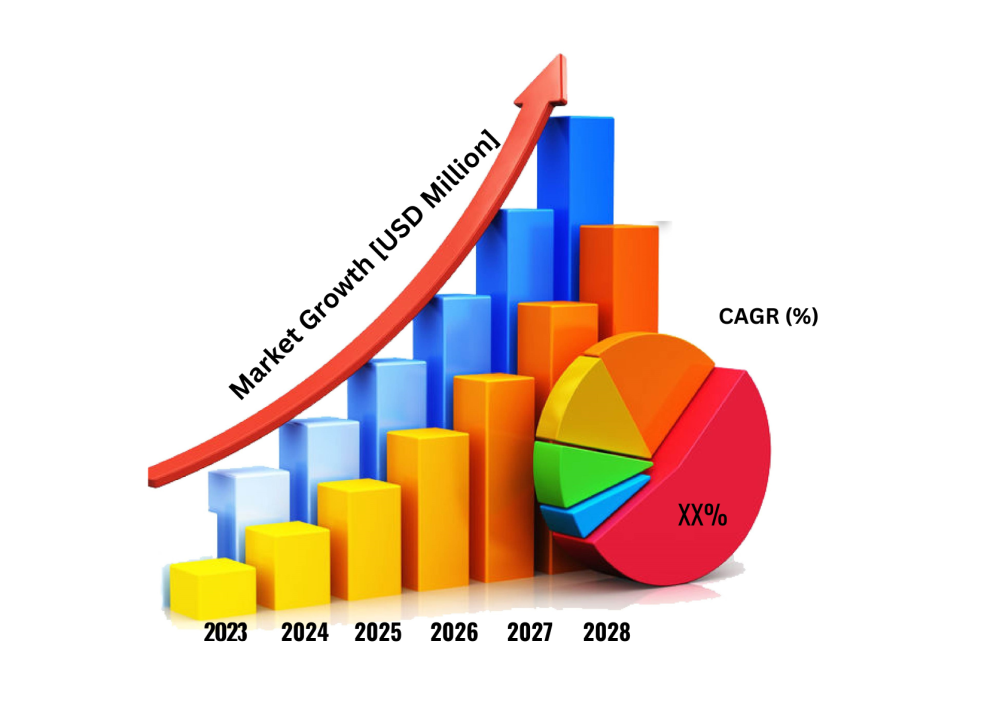
What is the Market Size of the Reusable Shopping Bags?
The market for reusable shopping bags has been expanding rapidly over the past few years. As of 2023, the global market size is valued at billions of dollars, with significant growth expected in the coming years. This is driven by both consumer demand and stricter regulations on plastic use.
The global market for reusable shopping bags has seen substantial growth, with an expected compound annual growth rate (CAGR) of over 5% in the coming years.
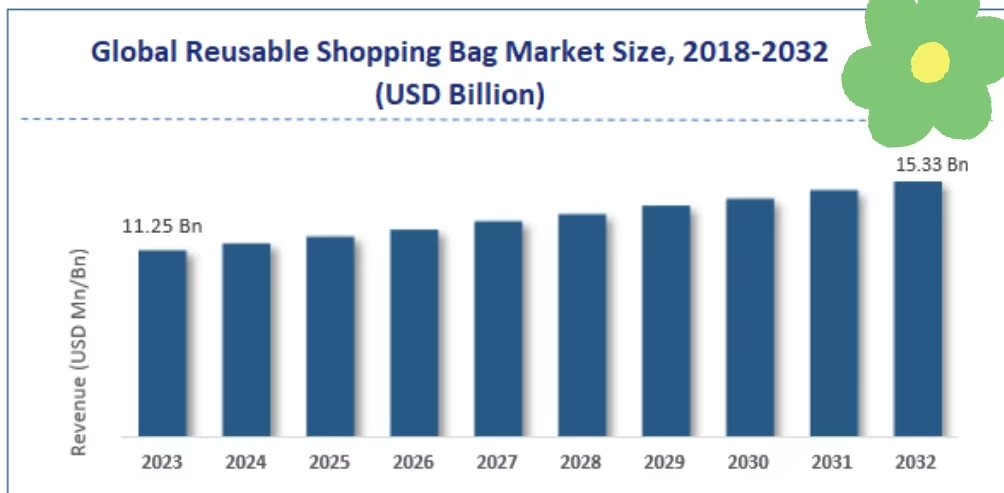
Dive Deeper: Market Trends and Growth Factors
Several factors are contributing to the growth of the reusable shopping bag market:
- Government Regulations: Countries like the EU, Canada, and several states in the U.S. have introduced policies limiting single-use plastic bags, forcing retailers and consumers to adopt reusable options. Learn more about plastic bag regulations.
- Consumer Awareness: A greater understanding of the environmental impact of plastic bags has increased demand for eco-friendly alternatives. See consumer trends in eco-friendly products3.
- Retailer Support: Retailers are increasingly promoting reusable bags in stores, often offering incentives such as discounts or free bags with certain purchases. Explore retailer incentives for reusable bags4.
| Factor | Contribution to Market Growth |
|---|---|
| Government Regulations | Pushed for alternatives like reusable bags |
| Consumer Preferences | Growing demand for sustainable products |
| Retail Support | Increased availability of reusable bags in stores |
The reusable shopping bag market is poised for continuous growth as more consumers embrace sustainable shopping practices.
What Percentage of People Use Reusable Shopping Bags?
The percentage of people using reusable shopping bags has been steadily rising. According to recent surveys, approximately 60-70% of people in developed countries use reusable bags regularly. In some countries, this number is even higher, thanks to policies and incentives that encourage their use.
Around 60-70% of people in developed countries now regularly use reusable shopping bags. The percentage is even higher in regions with strong environmental policies.
Dive Deeper: Regional Differences and Adoption Rates
While the percentage of reusable bag users is high in places like Europe and North America, it varies across regions. Countries with stricter environmental policies and higher awareness of plastic pollution have seen a faster adoption rate.
| Region | Percentage of People Using Reusable Bags |
|---|---|
| Europe | 80-90% |
| North America | 60-70% |
| Asia | 30-40% |
This data indicates that education, policy, and culture play significant roles in the adoption of reusable bags.
What Are Examples of Reusable Products?
Reusable products extend beyond shopping bags. Consumers are becoming increasingly eco-conscious, opting for products that can be used repeatedly instead of single-use items. Examples include:
- Reusable shopping bags (non-woven, canvas, and PP woven bags) - Explore the variety of reusable shopping bags materials5
- Reusable coffee cups (made from glass, stainless steel, or bamboo) - Learn about the benefits of reusable coffee cups
- Reusable water bottles - Check out the rise in reusable water bottles
- Cloth diapers
- Beeswax wraps (as an alternative to plastic wrap)
Reusable products include bags, bottles, cups, and wraps, all designed to reduce waste and promote sustainability.

Dive Deeper: Market Diversification and Trends
As more consumers seek eco-friendly alternatives, the market for reusable products continues to diversify. There is a growing variety of bags, containers, and even household items that cater to this demand. From eco-conscious brands offering reusable grocery bags to large supermarkets selling custom reusable options, the trend toward sustainability is rapidly shaping consumer purchasing habits.
| Product Type | Example Usage |
|---|---|
| Reusable Bags | Grocery shopping, general use |
| Reusable Bottles | Drinking water, coffee, etc. |
| Beeswax Wraps | Food storage, wrapping sandwiches |
This shift towards reusability is part of a larger movement to reduce waste and create a more sustainable future.
Conclusion
The market for reusable shopping bags continues to grow, driven by environmental awareness, government policies, and shifting consumer preferences. As demand increases, companies like mine at JiaRong Packing are committed to producing high-quality, eco-friendly products that meet the needs of today’s environmentally-conscious consumers.
-
Understand how policy changes like bans have driven the adoption of reusable shopping bags. ↩
-
Learn how sustainability is shaping the packaging industry and its impact on consumer choices. ↩
-
Discover how consumer awareness is driving the growth of sustainable products, including reusable bags. ↩
-
Learn how retailers are encouraging the adoption of reusable bags through incentives and promotions. ↩
-
Learn about the different materials used in reusable shopping bags and their environmental benefits. ↩
